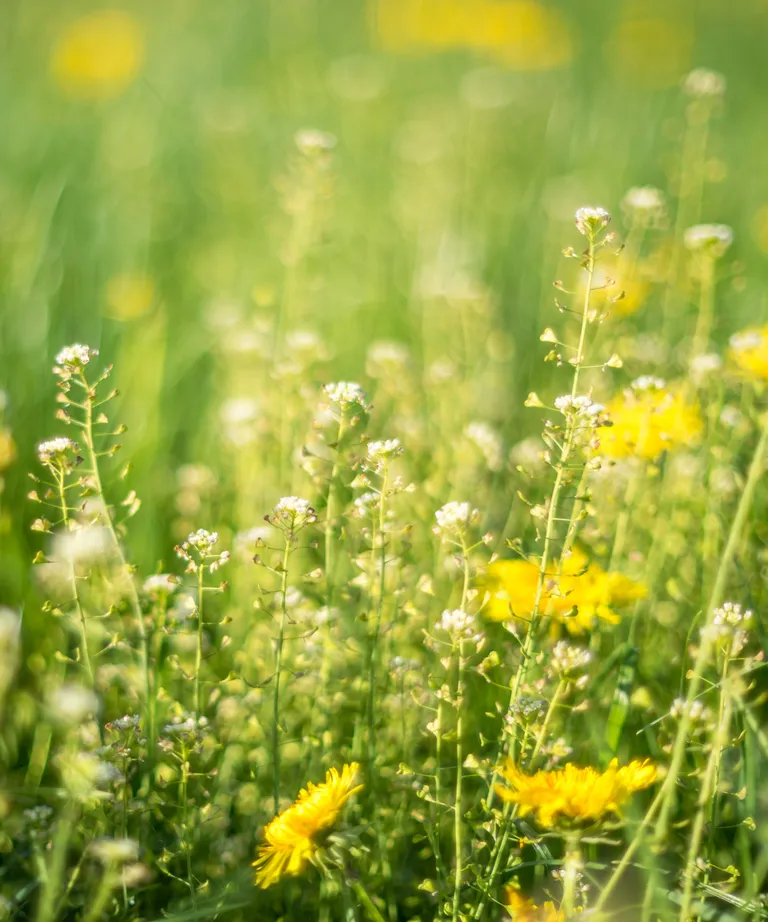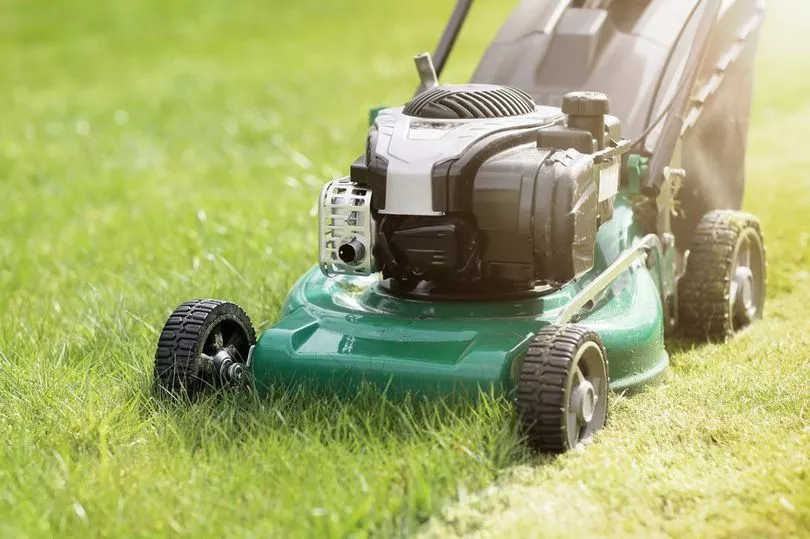Grass Turning Brown Despite Watering? Here Is Why
Last Updated on August 1, 2024 by Duncan
Water is life, and when you water your lawn, you expect to have a healthy green lawn. Unfortunately, this isn’t always the case. You might be watering your lawn twice a day, and still, it doesn’t change.
Would you love to know what is bothering your lawn? Here are top reasons for your grass turning brown despite watering:
You allow pets to your yard.
There is nothing wrong with allowing precious pets on your lawn as it has been shown it’s vital for their growth, but when they are there, they urinate on the lawn. Since dog urine contains high amounts of nitrogen, the urine burns the grass.
Dogs are habitual, so they urinate on the same spot. When you continually allow the dog to your lawn, no amount of watering will bring back the grass.
To fix this issue, avoid allowing dogs and other pets to your lawn. The grass will stop being exposed to the harmful nitrogen and will soon sprout.
The grass is sick
If your grass has a disease, it won’t grow regardless of the amount of water you apply to it. Some grass diseases affect new growth, so the grass never has a chance to grow.
When the grass plant can’t produce green blades above the ground, it can’t undertake photosynthesis, so it doesn’t produce the food it needs to survive.
Lawn diseases start in small areas then spread to the other parts. The extent of spread depends on the type of disease, temperature, moisture, and level of present nitrogen.
Rhizoctonia solani fungi cause the most common lawn diseases. Also known as brown patch, this fungus resides in the soil and consumes decomposing plant matter.
The fungus also populates grasses that remain moist in temperatures between 75 and 85 degrees Fahrenheit.
You can easily kill the fungus using a fungicide designed for the pathogen.
If you apply a fungicide, but still the problem doesn’t go away, you should ask a professional to inspect the diseased lawn and recommend the best course of action.
Your soil is lacking nutrients.
Lack of nutrients in the soil can lead to an unhealthy lawn that is hard to fix by applying water.
If your soil is deficient of nutrients, there are plenty of ways you can solve the problem:
If having poor drainage and pH levels, you can fix the issue with compost.
Adding fertilizer will also help you fix the soil problem. When you apply the right fertilizer, you replace missing nutrients, the most common ones being nitrogen.
You can also use nitrogen and iron supplements to restore yellow grass to green.
There has been a chemical spillage.
Chemicals such as pesticides, fertilizer, gasoline, and herbicides can prevent grass from growing in the affected areas regardless of the amount of water you apply. When they spill, the chemicals burn the grass preventing it from growing.
You have insects on your lawn.
Insects can be localized in a small area giving the impression you have a disease, but it’s not. The difference between the two is that diseases occur in the early stages of grass growing.
The insect problem develops after the temperature has warmed up sufficiently enough for the insects to start reproducing.
You can have different types of insects in your lawn. Some insects might feed on the roots or crown of the grass, such that when you pull up the turf damaged by these insects, the entire turf comes up from the ground.
Other insects feed on the grass blades leading to grass damage and loss of vigor. To tell whether your lawn has this problem, run your hand across the grass and look out for insect activity.
You can also use a shovel or any other garden tool to break up the grass and inspect it for insects.
Common insects you might be having in your lawn are Chinch bugs, White grubs, Armyworms, Cranberry Girdler, and Sod Webworms.
Consult with your local extension officer to learn about the most common insects that plague grass in your area.
You should then use the recommended insect control method laid out by the extension officer to eliminate the insects and your lawn will come back to life.
You are using a dull lawnmower.
Some people ask, do lawnmower blades need to be sharpened? Yes, they should. Dull lawnmower blades tear grass leading to damage and gradual death of your lawn. When you repeatedly use a dull lawnmower, you end up damaging the entire lawn.
To fix the issue, sharpen your lawnmower blades.
You have a lot of foot traffic on the lawn.
While your lawn should be a place for you and your family to kick back and enjoy, sometimes you open it up for other people. When you allow people to walk too much on certain areas of the lawn, you are bound to have bald spots that don’t get green.
Other than a lot of foot traffic, leaving toys and other materials on the lawn will create dead patches.
For grass to grow, you need to change the path people use to access your lawn. If there are toys, forgotten hoses, or other materials, remove them from the lawn.
The grass has gone dormant.
Cool-season grass goes dormant during summer while warm-season grass goes dormant in winter. If your lawn has a mix of grasses, you will have some areas getting yellow while others stay green.
Your lawn has plenty of thatch.
Thatch is the buildup of decaying grass blades. When you don’t take good care of your lawn, thatch builds up so thick that it chokes out the healthy grass. It does this by preventing water and food from getting into the roots.
When you allow thatch to build up too high, grass plants start growing roots in the thatch layer. Since the layer can’t hold water, plants begin drying out, leading to brown spots in your lawn.
To restore your grass, inspect your lawn, and if thatch is more than ½” thick, it’s time to dethatch your lawn.
The soil has eroded
When grass is growing in a sloppy area, water might run off the slopes and take with it grass seeds and young shoots, leaving bare ground and dried out areas behind.
To fix this problem, you need to aerate your lawn and increase water absorption. If the slope is steep, build terraces or plant groundcover.
The grass is growing under trees.
Large trees and shrubs will always win the battle for water and nutrients, making it hard for grass to grow.
If you have tried watering the area under the trees and still the grass won’t come back, consider mulching or naturalizing the affected areas.
The grass is growing in acidic soil.
Grass does well in a pH range between 6 and 7. If there is an evergreen tree or fresh leaf mulch nearby, it can turn the soil acidic, making it hard for grass to grow in the affected areas.
If watering the soil but not seeing results, stick a pH meter into the soil and determine the exact pH soil value.
If the pH is below 6, you need to amend the situation immediately. Roll the grass sod to the side and add lime to it.
Best practices to prevent the lawn from turning yellow
Do you have low areas on your lawn? Fill the areas with dirt or sand. This way, you eliminate areas where water can accumulate and breed disease. Doing this also ensures the lawn is level.
Grow the right turfgrass for your region and climate
Regularly inspect your soil for nutrient deficiencies. If the soil is deficient in nutrients, add fertilizer or mulch to enrich it.
Mow your lawn at the correct height. When mowing, use a lawnmower with sharp blades. Remember not to mow when wet—wait until it gets dry.
Aerate your lawn to loosen the soil and let more oxygen, water, and nutrients into the grassroots. By doing this you will have a beautiful lawn you will be proud of for years.


